-
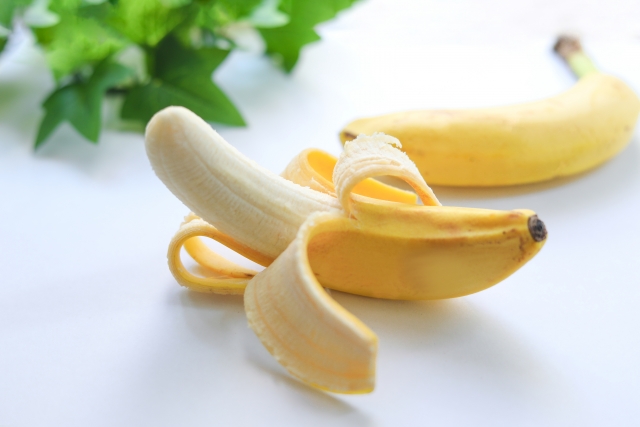
Do less ripe bananas raise blood sugar less than ripe bananas?
1. The Relationship Between Banana Ripeness and Blood Sugar The effect of bananas on blood sugar varies depending on their ripeness. 2. The Principle of Ripeness and Blood Sugar Control – Less Ripe Bananas: Less ripe bananas contain a lot of ‘resistant starch.’ Resistant starch is not digested and moves to the intestine, so it…
-
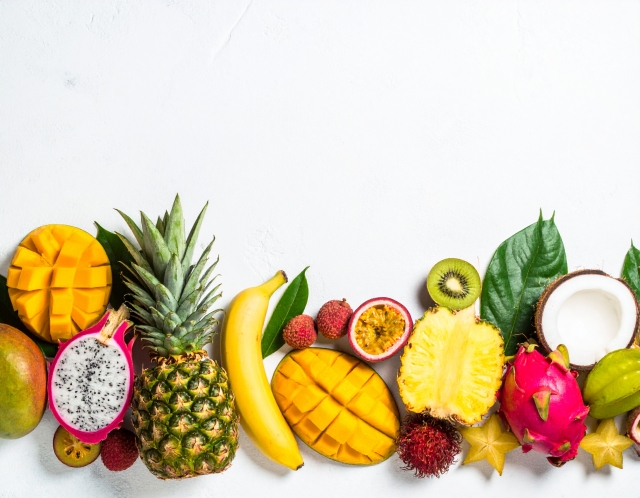
Can the fiber in fruit help slow down the blood sugar rise?
1. The Relationship Between Fiber and Blood Sugar Control Fruits contain sugar that raises blood sugar, but they are also rich in fiber, which helps control blood sugar. 2. The Principle of Slowing Down Blood Sugar Rise The fiber in fruits slows down the rate at which food moves from the stomach to the small…
-
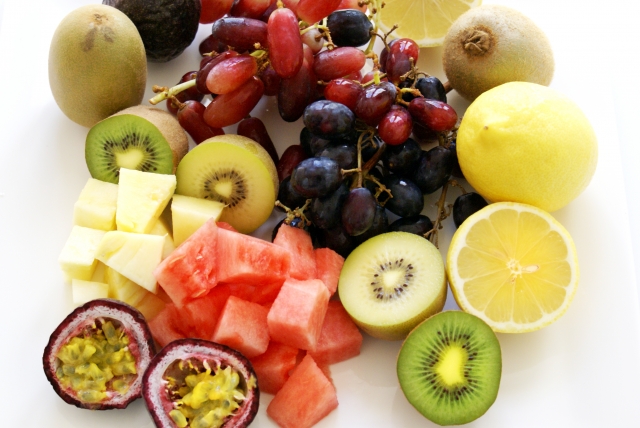
Is it better to peel and eat fruit because the skin is high in sugar?
1. Nutrients in Fruit Skin The skin of many fruits, such as apples, pears, and grapes, contains more fiber and antioxidants than the pulp. 2. Principle of Blood Sugar Control The fiber in the skin helps slow down digestion, which causes blood sugar to rise gradually. The antioxidants in the skin can also have a…
-
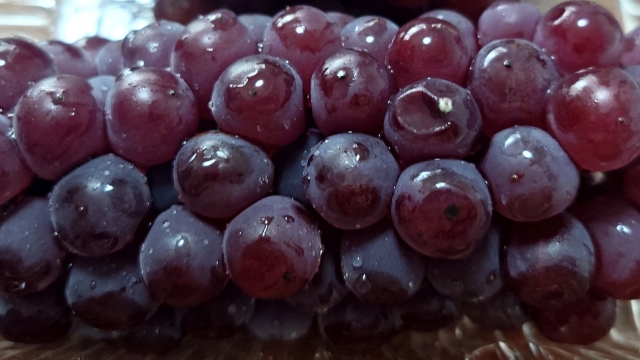
Since grapes are high in sugar, should people with diabetes avoid their consumption?
1. The Relationship Between Grapes and Blood Sugar Grapes are a high-sugar fruit, so people with diabetes should be careful about their consumption. However, there is no need to avoid them altogether. 2. Health Benefits of Grapes Grapes are rich in powerful antioxidants like polyphenols. These components can help improve insulin sensitivity and reduce inflammation.…
-

Are dried fruits (raisins, dried bananas) helpful for blood sugar control?
1. Nutritional Changes in Dried Fruits When fruits are dried, the water evaporates, and the sugar and calories become concentrated. This means that even a small amount can have a big effect on blood sugar. 2. The Effect on Blood Sugar Control Although dried fruits still contain some fiber, the sugar is very concentrated, which…
-
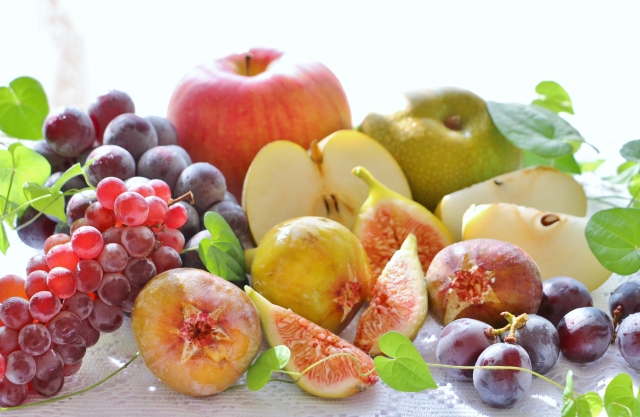
Since fruits are high in sugar, they are foods that people with diabetes should not consume?
1. Proper Understanding of Fruit Consumption It is true that fruits contain fructose and glucose, which raise blood sugar. However, fruits are also rich in fiber, which helps with blood sugar control, and essential nutrients like vitamins and minerals. Rather than avoiding fruits altogether, it is important to consume them in appropriate amounts and choose…
-
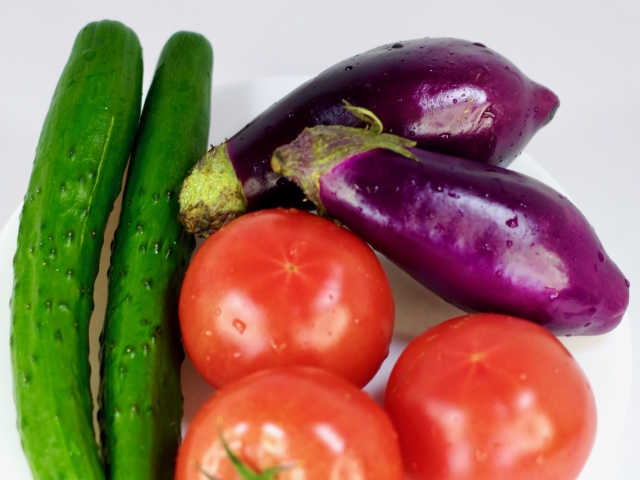
Is frying vegetables harmful to blood sugar because it destroys healthy components?
1. Frying Method and Nutrients Frying cooks at high temperatures, so some nutrients in vegetables can be lost. However, the main reason frying is harmful to blood sugar is not nutrient destruction, but the added oil and calories. 2. The Problem with the Cooking Method – Oil and Calories: Frying vegetables adds unnecessary fats and…
-

Is boiling soups or stews bad for blood sugar management because nutrients are destroyed?
1. Pros and Cons of Boiling Method The boiling method uses water, so it is a good way to reduce calorie intake as it does not use oil. However, some nutrients like vitamins can be lost if boiled for a long time at high temperatures. 2. Effects on Blood Sugar Management – Low Calories: Since…
-
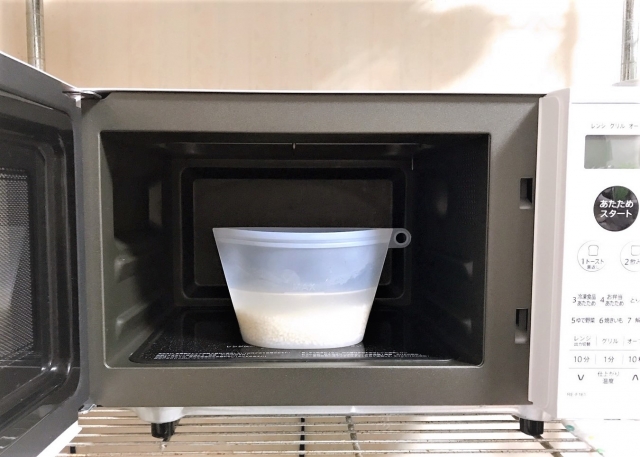
Is microwave cooking safe as it does not affect blood sugar?
1. Microwave Cooking and Blood Sugar Management Microwave cooking is often beneficial for low-calorie cooking as it does not use oil. However, the type of food and seasoning you cook have a greater effect on blood sugar than the cooking method itself. 2. When it Affects Blood Sugar – Rice: Some studies suggest that heating…
-
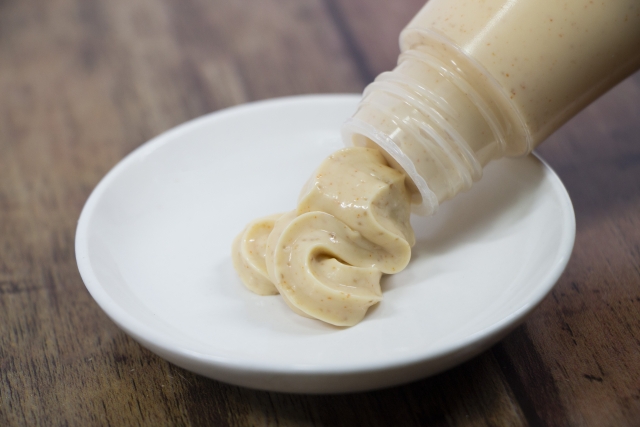
Are the fats in processed foods like mayonnaise and salad dressing unhealthy?
1. The Dangers of Processed Fats Mayonnaise, salad dressings, and margarine are processed foods that are mainly composed of fats. These foods can contain harmful trans fats and saturated fats, or they can have a lot of added sugar or sodium, which can have a negative effect on diabetes management. 2. Effects on Blood Sugar…
DangTalk download | PESS Mining | PiSTORE | Naver Cafe
